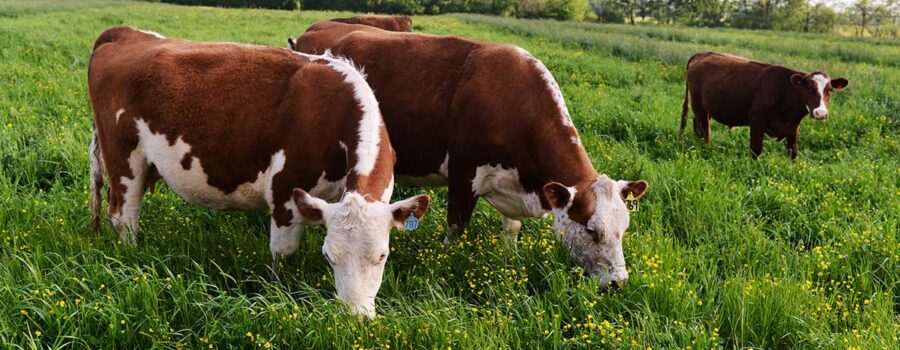As a dad deeply concerned about the well-being of my family and our planet, I’ve been diving into the world of sustainable eating. It’s more than just a trend; it’s a crucial shift in how we think about what’s on our dinner table. Inspired by the eye-opening Netflix documentary “You Are What You Eat: A Twin Experiment,” I want to share my journey of transforming my food choices, from Fast Food to Farm Fresh, and discovering how it shapes a healthier, more sustainable world.
Post-World War II Food Systems: A Double-Edged Sword
The documentary highlights a pivotal historical moment: the post-World War II era’s transformation of our food systems. This period marked the beginning of an industrialized approach to food production. While it solved some immediate problems, like increasing food availability, it also brought new challenges. The move towards mass production often meant sacrificing nutritional quality and creating several environmental issues. Understanding this historical shift is key to grasping our current food situation.
Hunting for Fresh Produce in a Processed World
Finding time to pick fresh, wholesome produce can feel like a quest in today’s fast-paced life. The irony is that while we’ve made food more accessible, it’s often the processed kind that fills our shelves. Sustainable farming offers a beacon of hope here. It’s about going back to the roots – literally. By supporting organic fruits and vegetable growth, we’re not just putting healthier food on our plates but also ensuring the sustainability of our agricultural lands.
Grass-Fed Ruminants: More Than Just a Trendy Choice
Sustainable agriculture isn’t just about plants. It also encompasses the ethical raising of animals. The documentary introduced me to the world of grass-fed ruminants. These animals graze freely on pastures, starkly contrasting to their industrially-raised counterparts. This practice leads to more humane treatment of livestock and, as a bonus, provides us with higher-quality proteins and fats. It’s a win-win.[1]
The Real Cost of Meat Production
The environmental cost of industrialized meat production is staggering. We’re talking about significant greenhouse gas emissions and water pollution. By switching to sustainable practices, like grass-fed livestock farming, we can help mitigate these effects. These methods are crucial in land regeneration, preserving biodiversity, and reducing our carbon footprint.[2]
Ethics at the Heart of Our Meals
The ethical dimension of food production can’t be overlooked. Sustainable farming isn’t just about what’s efficient; it’s about what’s right. This approach values the humane treatment of animals and responsible land use. It ensures that the food on our plates is not only nutritious but also ethically sourced.
Health Benefits of Going Sustainable
The health perks of choosing sustainably produced foods are significant. Unlike processed foods, which are often linked to health risks, most sustainably sourced foods are nutrient-rich and free from harmful additives. As a dad, I always prioritize ensuring my family gets the best nutrition.
Concluding Thoughts: A Plate for Change
In closing, our food choices matter more than we think. They affect not just our health but the health of our planet. We’re making a statement by embracing sustainable farming and opting for options like grass-fed meat. We’re choosing a path that’s better for our bodies, our conscience, and our environment. It’s about rethinking our diets, not just as a personal health choice but as a collective step towards a more sustainable future. For me, as a dad, it’s about leaving a better world for my kids and teaching them values that extend beyond the dinner table.
References:
- Frederick D. Provenza,Scott L. Kronberg, and Pablo Gregorini.Is Grassfed Meat and Dairy Better for Human and Environmental Health?2019; 6: 26.2019 Mar 19. doi: 10.3389/fnut.2019.00026.PMCID: PMC6434678.PMID: 30941351
- Elein Hernandez, Pol Llonch, and Patricia V. Turner.Applied Animal Ethics in Industrial Food Animal Production: Exploring the Role of the Veterinarian.12(6): 678.2022 Mar 8. doi: 10.3390/ani12060678.PMCID: PMC8944692.PMID: 35327076








